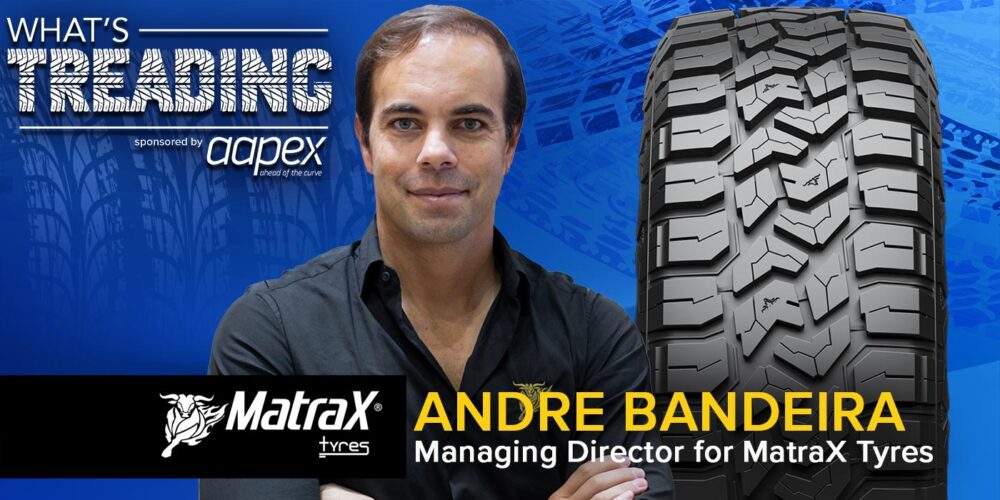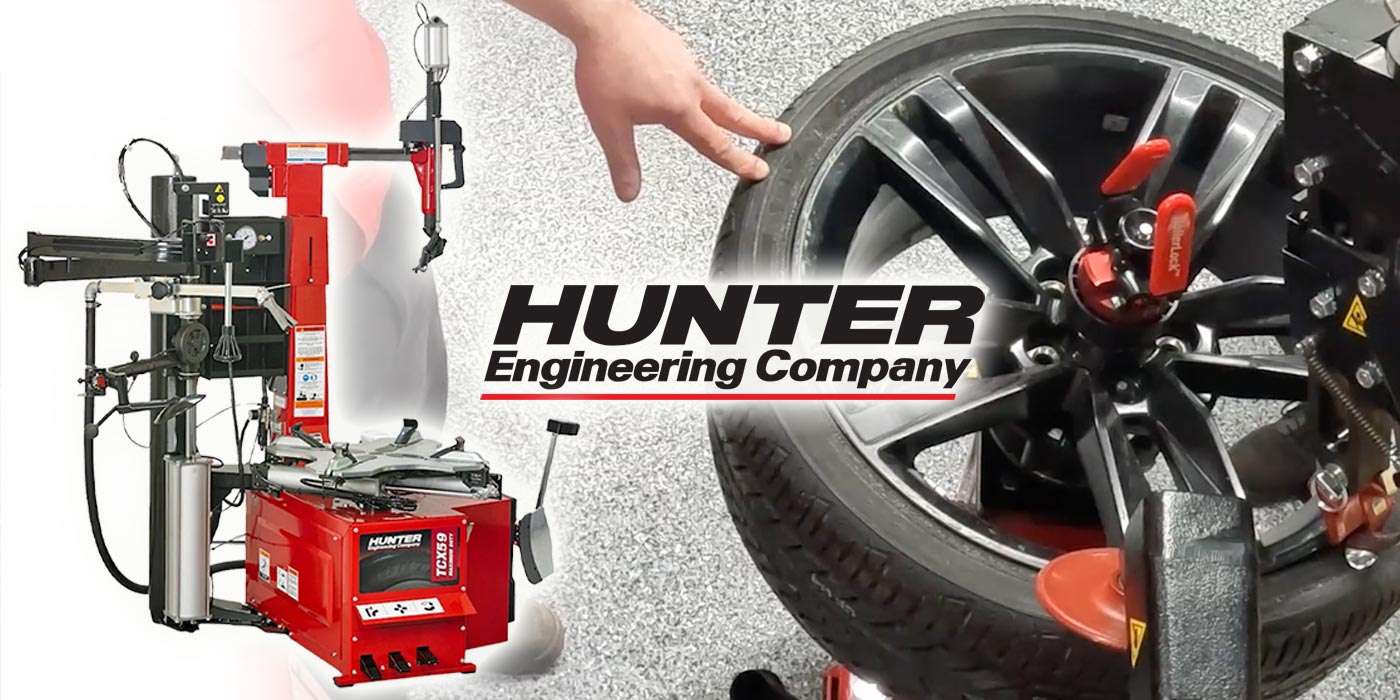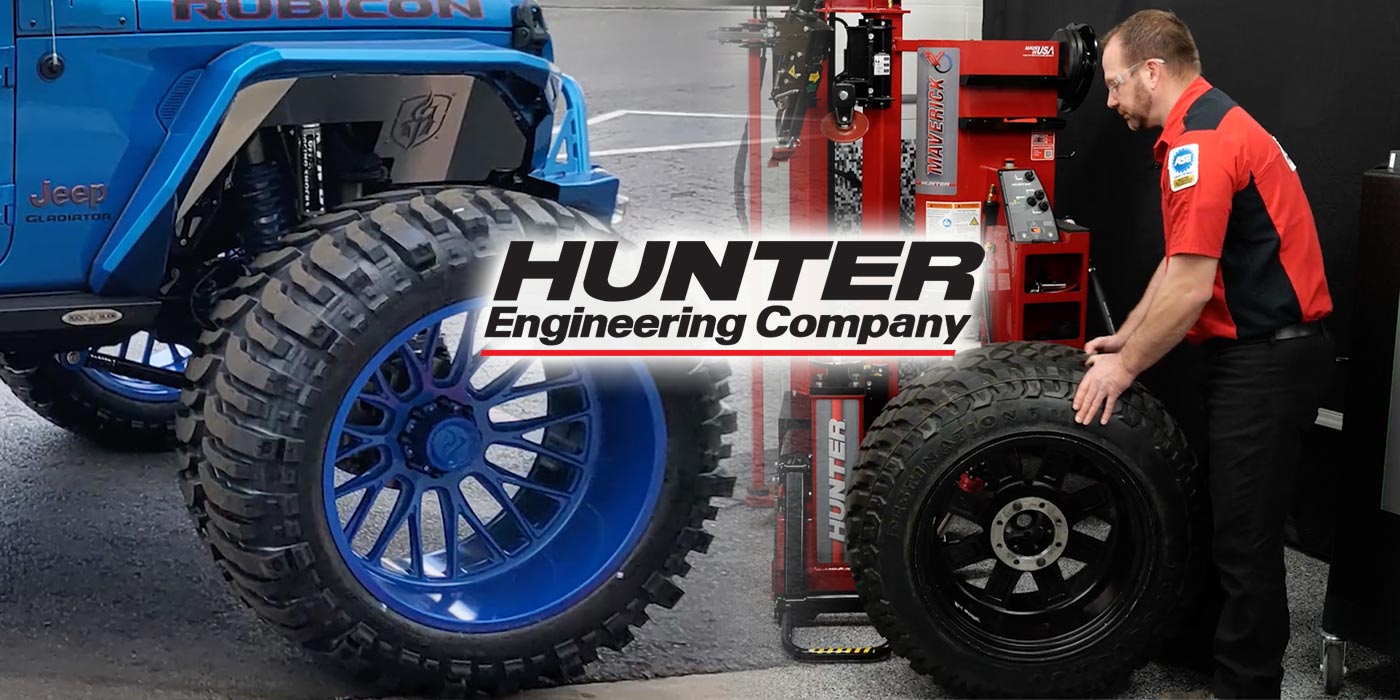The traditional V belt has long been eclipsed by the advantages of the Multi V, or serpentine style of belt, and for many years, there were only two types of belt drives, manually adjusted and automatically tensioned. Manually adjusted drives require regular maintenance, utilizing a manual tensioner to tighten the belt and maintain proper tension.
Automatically tensioned drives utilize a spring-operated tensioner that maintains the proper belt tension at all times, creating a system that is virtually maintenance-free.
But today, there’s another type of belt in the mix, the self-tensioning Multi V belt, a belt which is widely known as a stretch belt. Stretch Belts were first introduced in 2004 and gave the auto manufacturer more flexibility in the design of the front-end accessory drive system.
These stretch belts are commonly used on two pulley applications where only one component such as the power steering or the A/C compressor is driven, and as the Stretch Belt is self-tensioning, a big advantage is they maintain proper tension without the need for an automatic or manual tensioner.
Continental Multi V stretch belts use the latest OEM technology in EPDM compounds and a nylon tensile cord that allows them to stretch for installation, then recover once installed to maintain that proper tension.
Keep in mind that you can NEVER replace a stretch belt with a standard serpentine belt. The Stretch Belt uses a very different construction from the standard Multi-V belt. When a Stretch belt is required, always make sure you have a selected the Continental Stretch Belts, showing the part number with the “S” suffix.
In addition, a stretch belt should NEVER be reused. Because of their self-tensioning properties, stretch belts are meant to be installed only once. If you need to remove a stretch belt to gain access to a traditional serpentine belt, the stretch belt must be replaced.
The majority of the time, a special installation tool is required to install stretch belts, however, some applications only require a zip tie for installation. Each application is unique, so always refer to manufacturer installation procedures.
Now let’s install a Continental Multi V stretch belt to see how it works. We have a 2012 Chevrolet Silverado with a 5.3L for this demonstration.
Always think safety and before you begin, as with most newer vehicles, be sure to isolate the key fob, so there’s no possibility of an accidental engine start. It is also a good idea to disconnect the battery.
Stretch belts are easy to identify, they’re the ones without a tensioner. Generally, it’s the belt closest to the engine block and it runs from the crankshaft to the driven accessory, usually the power steering pump or air conditioning compressor. In the case of the Silverado, the Stretch Belt is on the AC drive.
First, remove the serpentine belt or belts required to access the stretch belt.
Next, using side cutters, cut the existing stretch belt and remove it. Now it is a good idea to look at all of the grooved pulleys to make sure they are clean. If there is any debris in the grooves, clean them with a wire brush.
Prepare the tools you need to rotate the engine using the crankshaft pulley bolt.
On this Silverado, install the belt behind the crankshaft pulley first. Next, loop it over the AC pulley, then position it in the grooves on the crankshaft pulley. Now, sliding the belt as far as possible in the closckwise direction, install zip ties around the crank pulley to hold it in place.
As mentioned before, there are special tools available to assist with some stretch belt installations, however if they are not available, as in this case, zip ties can be used to assist with the installation.
Now, while keeping the stretch belt aligned with the AC pulley, slowly rotate the crankshaft in a clockwise direction, until the belt is fully seated. Please remember, NEVER use a screwdriver to pry the Stretch Belt on to the drive. Prying the belt could damage it.
With the belt fully seated, cut the zip ties and remove them, then double-check the stretch belt to make sure the ribs are firmly seated into the crankshaft and accessory AC pulley.
Before reinstalling the serpentine belt, now is a good time to also inspect any idler pulleys and the tensioner. Mileage should be a good indication as to whether the tensioner and pulleys should be replaced. The tensioner pulley and damping properties do deteriorate over time, as well as the bearings.
On this Silverado, they were worn, so we replaced them both to ensure maximum life out of the new belt.
With the new pulley and tensioner installed, we finished up the job with a new serpentine belt.
The last step is to start the engine and let it run for a few minutes. Observe that all belts are seated properly.
Your stretch belt Installation is complete.
This video is sponsored by Continental.













